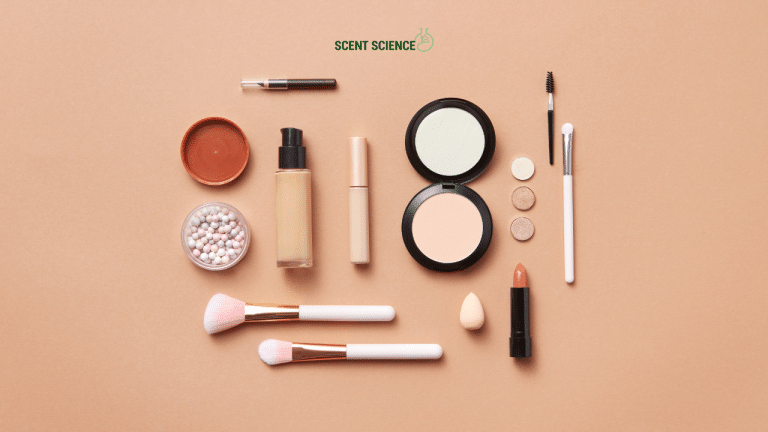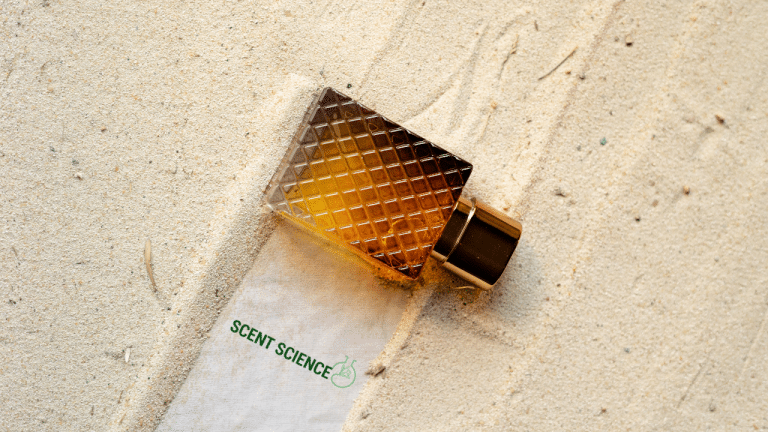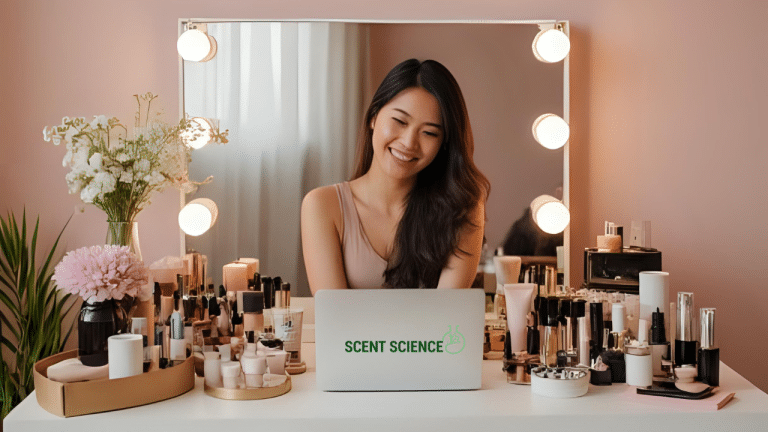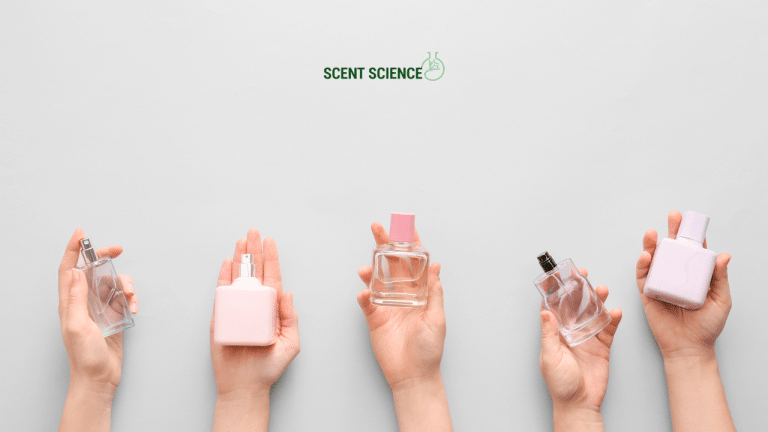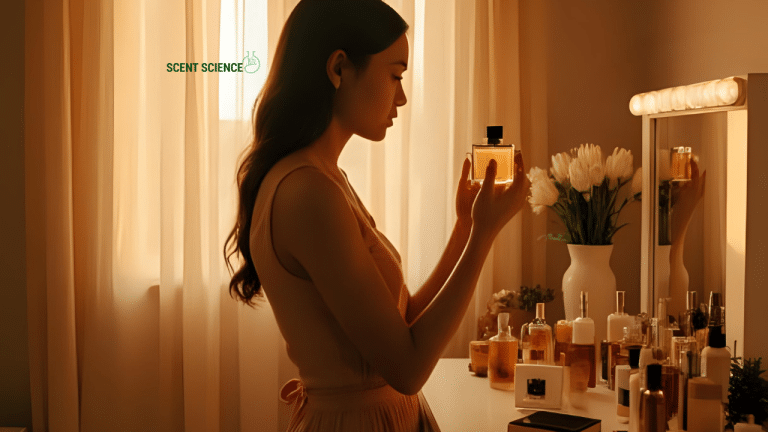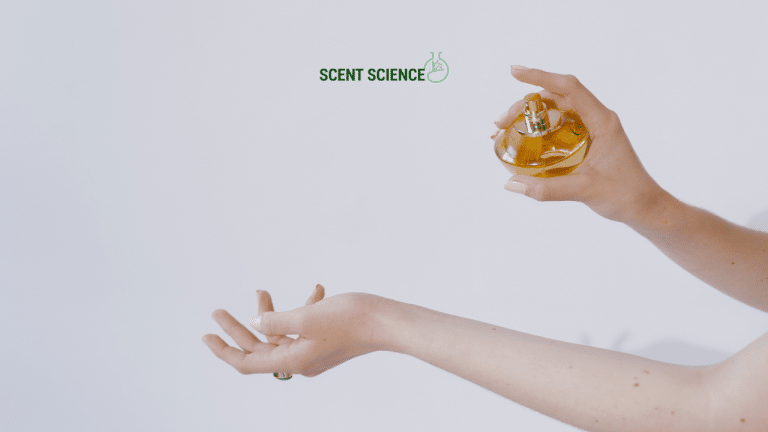Fragrances have long been intertwined with human culture, serving as markers of identity and emotion. Modern scientific investigation into the psychological and physiological impacts of fragrance has unveiled the profound and sometimes unexpected effects scents can exert on mood, cognitive function, and overall wellbeing.
Table of Contents
ToggleThe Chemistry of Fragrance and Mood Enhancement
The core components of fragrances—essential oils and aromatic compounds—play a pivotal role in eliciting psychological responses. For instance, linalool, found in lavender, is associated with stress relief and relaxation. According to a study published in “Frontiers in Behavioral Neuroscience,” inhalation of linalool has been shown to lower blood pressure and reduce anxiety in both humans and animal models by modulating the release of neurotransmitters.
In contrast, the invigorating scent of eucalyptus, with high concentrations of 1,8-cineole, often enhances cognitive performance. Research published by Moss et al. (2013) in “Chemical Senses” highlights that exposure to this compound can significantly increase processing speed and attention by stimulating the blood circulation.

Unexpected Effects and Emerging Research
Beyond traditional uses, fragrance science has uncovered unexpected repercussions on mood and mental performance. For instance, the compound isobornyl acetate, derived from pine, is linked to heightened concentration and improved memory retention. An analysis in the “Journal of Agricultural and Food Chemistry” elucidates that isobornyl acetate interacts with the central nervous system to mitigate symptoms of mental fatigue, thus augmenting cognitive tasks’ performance.
Hypoallergenic Fragrances: Balancing Chemistry and Safety

The heightened awareness around allergies and sensitivities has spurred the development of hypoallergenic fragrance formulations. These compositions minimize use of allergens like limonene or phenoxyethanol, often substituting with safe, synthetic alternatives that maintain olfactory appeal without provoking adverse reactions. Innovative analytical chemistry techniques, such as gas chromatography-mass spectrometry (GC-MS), aid in identifying and quantifying potential allergens, ensuring consumer safety while preserving fragrance complexity.
Intersection of Technology and Fragrance Science
Advanced technologies, particularly AI-driven research, have revolutionized fragrance formulation. Machine learning algorithms analyze vast datasets on consumer preferences and the molecular structure of fragrance compounds to predict successful combinations. AI can personalize fragrance by considering an individual’s genomic profile, lifestyle, and even psychological state, ushering in an era where scent is as tailored as our fingerprints.
Moreover, virtual reality interfaces now simulate olfactory environments, allowing individuals to experience fragrances before physical application. This technological leap not only caters to more informed consumer choices but also offers therapeutic applications, providing a safe testing ground for hypoallergenic alternatives.

Conclusion
The evolving field of fragrance science leverages chemistry, technology, and psychological insights to decipher and exploit the intimate relationship between scent and the human psyche. From cognitive enhancement to tailored hypoallergenic solutions, the industry continues to evolve, driven by scientific evidence and technological innovation. As we unravel the complexities within aromatic compounds, the potential applications for enhancing human well-being continue to expand, cementing the crucial role of fragrance science in everyday life.
Frequently Asked Questions
What are unexpected fragrance combinations?
Unexpected fragrance combinations involve pairing perfumes that might not seem to complement each other at first glance, but create a unique and appealing scent when layered. For example, Michelle Pfeiffer’s combination of Flora Carnivora and Menace, both fresh and light scents, results in a magical summer fragrance[1].
How do I choose unexpected fragrance combinations?
To choose unexpected fragrance combinations, consider pairing scents that have different or similar profiles but might not be the obvious choices. For instance, layering a floral scent with a marine aroma, like Flora Carnivora and Menace, can create a fresh and unique blend. Experimenting with different combinations, such as gourmands with citrus or woods with florals, can also lead to interesting harmonies[1][5].
What are some examples of unexpected fragrance combinations for summer?
For summer, an unexpected combination could be layering a delicate, earthy floral like Flora Carnivora with a crisp marine aroma like Menace, creating a scent reminiscent of freshly laundered linens in a summer breeze. Another example is combining a fruity scent like mango with vanilla, such as pairing mango with vanilla from Madagascar, to create a tropical and creamy aroma[1][3].
Why should I try unexpected fragrance combinations?
Trying unexpected fragrance combinations can help you discover unique and personalized scents that stand out from traditional pairings. These combinations can evoke specific moods or environments, such as a summer holiday or a tropical getaway, and add a creative twist to your fragrance routine[1][3][5].
References

